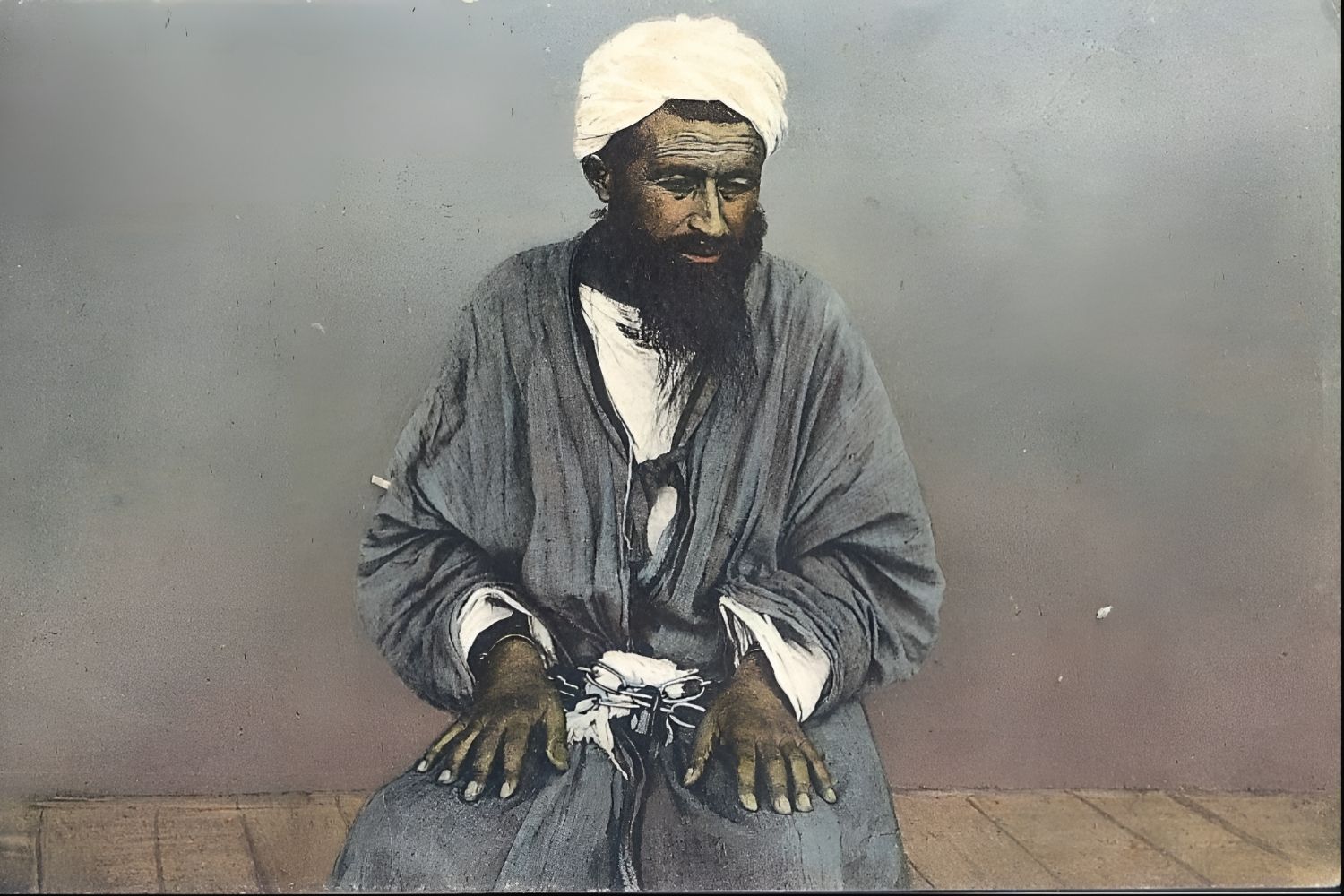
What was the Andijan Uprising of 1898? The Andijan Uprising of 1898 was a significant event in Central Asian history, where local insurgents in Andijan, present-day Uzbekistan, revolted against Russian imperial rule. This rebellion was led by Dukchi Ishan, a religious leader who rallied thousands of followers to challenge the oppressive policies and economic hardships imposed by the Russian Empire. The uprising, though ultimately unsuccessful, highlighted the growing discontent among the local population and their desire for autonomy. Understanding this event provides insight into the broader resistance movements against colonial powers in the region during that era.
Key Takeaways:
- The Andijan Uprising of 1898 was a rebellion in Uzbekistan against Russian rule due to economic hardships and cultural clashes, leaving a lasting impact on Central Asian history.
- Led by Dukchi Ishan, the Andijan Uprising symbolized resistance against colonial rule, inspiring cultural expressions and contributing to the region's growing sense of national identity.
The Andijan Uprising: A Brief Overview
The Andijan Uprising of 1898 was a significant event in Central Asian history. It took place in the city of Andijan, located in present-day Uzbekistan. This revolt was a reaction to Russian imperial policies and had far-reaching consequences.
-
The uprising occurred in Andijan, a city in the Fergana Valley, which was part of the Russian Empire at the time.
-
The revolt was led by a local religious leader named Dukchi Ishan, who opposed Russian rule.
-
Dukchi Ishan's real name was Muhammad Ali Madali, and he was a respected figure among the local population.
-
The uprising was primarily fueled by economic hardships and resentment towards Russian colonial policies.
Causes of the Andijan Uprising
Understanding the causes of the Andijan Uprising helps to grasp why it happened and what the rebels aimed to achieve.
-
The Russian Empire's land reforms disrupted traditional land ownership, causing widespread discontent among local farmers.
-
Heavy taxation imposed by the Russian authorities further strained the local economy.
-
The introduction of Russian laws and customs clashed with the traditional way of life in Andijan.
-
The construction of Russian military outposts in the region was seen as a direct threat to local autonomy.
Key Events During the Uprising
The Andijan Uprising was marked by several key events that defined its course and outcome.
-
On May 18, 1898, Dukchi Ishan and his followers launched a surprise attack on the Russian garrison in Andijan.
-
The rebels managed to capture the city for a brief period, showcasing their initial success.
-
Russian reinforcements quickly arrived, leading to a fierce battle with the rebels.
-
The uprising was brutally suppressed by the Russian military within a few days.
Aftermath and Consequences
The aftermath of the Andijan Uprising had significant implications for the region and its people.
-
Dukchi Ishan was captured and executed by the Russian authorities.
-
Many of his followers were also arrested, tried, and sentenced to various punishments.
-
The Russian Empire tightened its control over the Fergana Valley to prevent future uprisings.
-
The local population faced increased repression and surveillance by Russian officials.
Legacy of the Andijan Uprising
The legacy of the Andijan Uprising continues to be felt in the region, influencing historical narratives and local identity.
-
The uprising is remembered as a symbol of resistance against colonial rule in Central Asia.
-
Dukchi Ishan is regarded as a martyr and hero by many in Uzbekistan.
-
The event has been the subject of numerous historical studies and scholarly works.
-
It has also inspired various cultural expressions, including literature and folklore.
Historical Significance
The historical significance of the Andijan Uprising extends beyond its immediate impact, shaping broader historical trends.
-
The uprising highlighted the limitations of Russian colonial policies in Central Asia.
-
It exposed the deep-seated grievances and resistance among the local population.
-
The event contributed to the growing sense of national identity and resistance in the region.
-
It served as a precursor to later anti-colonial movements in Central Asia.
-
The Andijan Uprising remains a pivotal event in the history of Uzbekistan and the broader Central Asian region.
Reflecting on Andijan Uprising of 1898
The Andijan Uprising of 1898 stands as a significant event in Central Asian history. This revolt, led by Dukchi Ishan, highlighted the tensions between local populations and Russian imperial forces. The uprising was a reaction to economic hardships, cultural suppression, and political disenfranchisement. Despite its failure, the event underscored the resilience and determination of the Andijan people. It also served as a precursor to future resistance movements against colonial rule. Understanding this uprising provides valuable insights into the broader context of anti-colonial struggles in the region. The legacy of the Andijan Uprising continues to be remembered as a symbol of resistance and the fight for autonomy. By examining these historical events, we gain a deeper appreciation for the complexities of Central Asian history and the enduring spirit of its people.
Frequently Asked Questions
Was this page helpful?
Our commitment to delivering trustworthy and engaging content is at the heart of what we do. Each fact on our site is contributed by real users like you, bringing a wealth of diverse insights and information. To ensure the highest standards of accuracy and reliability, our dedicated editors meticulously review each submission. This process guarantees that the facts we share are not only fascinating but also credible. Trust in our commitment to quality and authenticity as you explore and learn with us.
